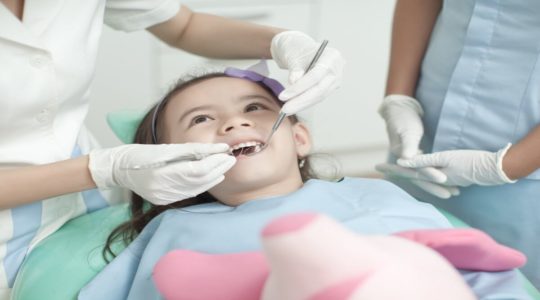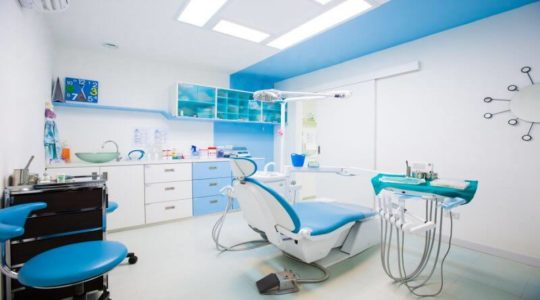
Dental clinic FlyDent offers the whole range of dentistry services: treatment of caries, gum diseases, tooth whitening, implantation, dentures, etc …Great & modern office for performant investigations. Innovative programme for aesthetic dentistry procedures with 3D diagnostic system.
Quote Post Type
Laser Microdissection (LMD) Leica LMD7000 makes it possible to distinguish between relevant and non-relevant cells or tissues. It enables the researcher to obtain homogeneous, ultra-pure samples from heterogeneous starting material. Researchers can selectively and routinely analyze regions of interest down to single cells from all kinds of tissues, even living cells from cell culture, to obtain results that are relevant, reproducible, and specific. Specimen collection by is by gravity which allows contact-free and contamination-free samples.
Laser microdissection uses a laser to isolate specific microscopic regions from tissue samples. The way in which specimens of interest are transferred and collected influences the specificity and quality of the end result. Leica Microsystems uses high-precision optics to steer the laser beam using prisms along the desired cut line on the tissue. Benefits are highest possible precision and speed, direct real-time laser cutting with “Move and Cut” and the best view for convenient movie documentation. The Leica LMD7000 is the first laser microdissection system that integrates high energy per pulse, and high and adjustable repetition rates within one single system.
Benefits are full control of the repetition to adapt the laser to a specific sample, high-energy per pulse for thick and hard specimens, high repetition rates for narrow cuttings and high speed and control of all laser parameters including laser aperture to achieve an optimal cutting line. Laser microdissection from normal glass slides is possible with the Draw + Scan or directly live with the Move + Cut mode.
This kind of application is called laser ablation or dot scan dissection. Laser microdissected samples can be easily collected by gravity to all common molecular biology reaction devices caps like 0.2 or 0.5 ml tubes. This method is efficient and time-saving – no additional transfer steps are needed. Collection devices can be dry or with reaction buffer. No expensive special consumables are needed for collection.


